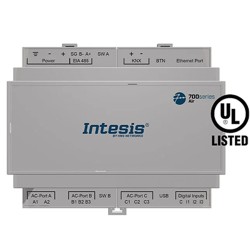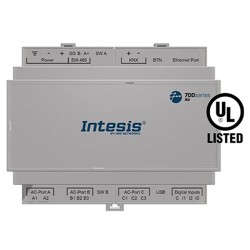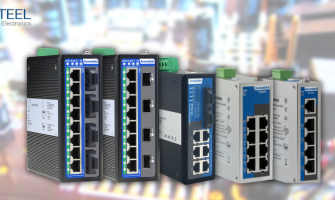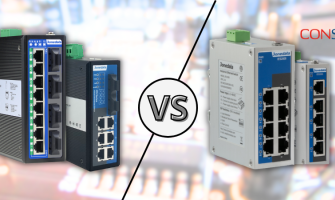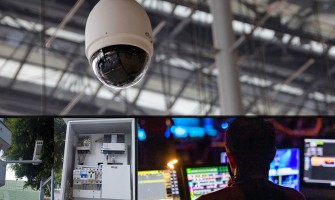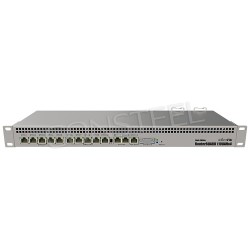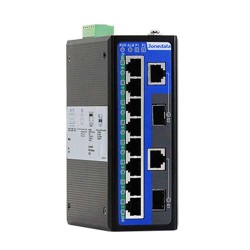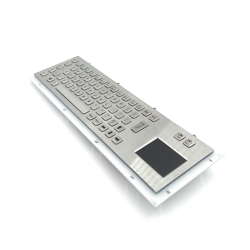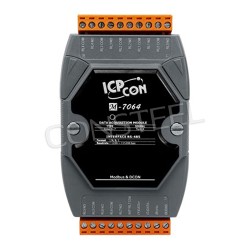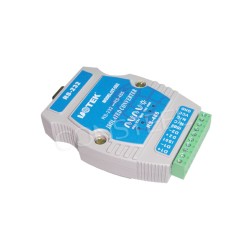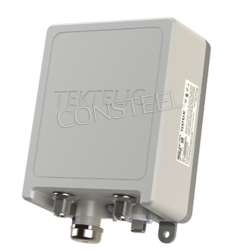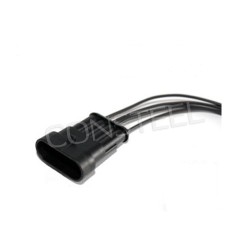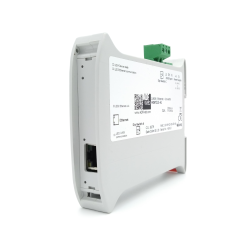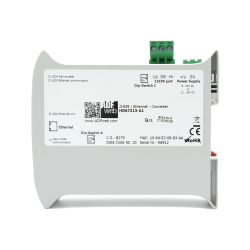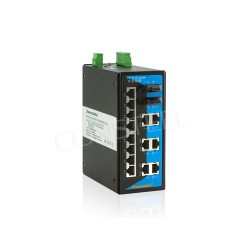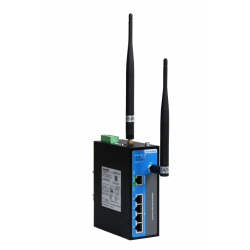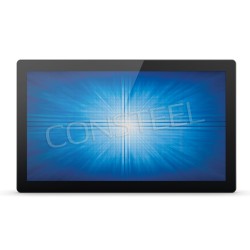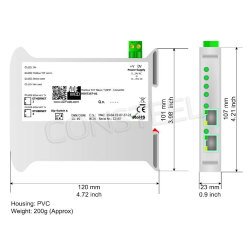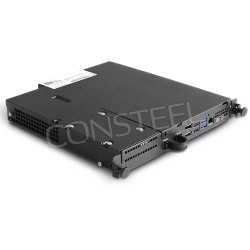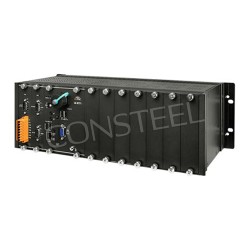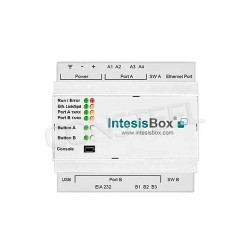How the air conditioning system works
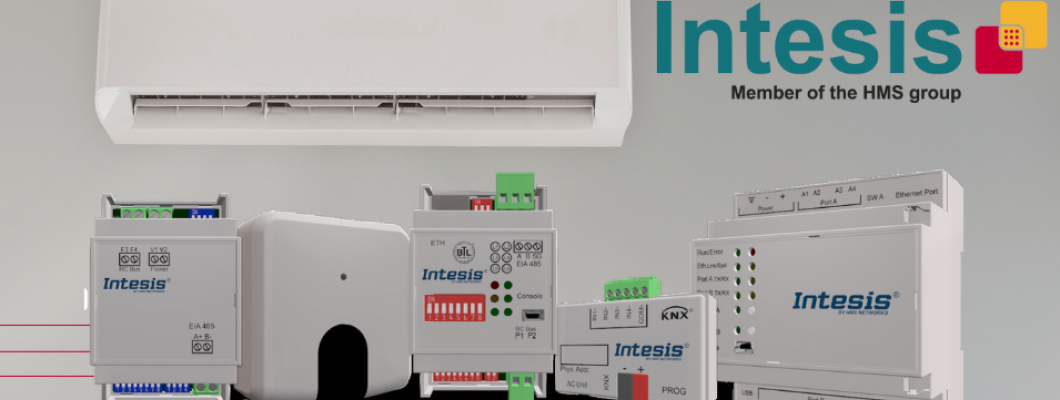
Air conditioning systems have become ubiquitous in modern life, providing comfort and climate control in a variety of environments, from homes and offices to industrial facilities. Understanding how these systems work and the industrial modules used in them is critical to optimizing their performance and efficiency.
Principles of air conditioning system operation
The basis of the operation of an air-conditioning system is to remove heat from the room and expel it outside, thus cooling the indoor environment. This process is based on the principles of thermodynamics and the refrigeration cycle.
1. Evaporation and condensation: refrigerant, a chemical substance with properties that promote heat transfer, undergoes a phase transition between liquid and gas in the system. As it evaporates in the indoor coil (evaporator), it absorbs heat from the room air, cooling it. The refrigerant then flows to the outer coil (condenser), where it releases the absorbed heat as it condenses back into liquid form.
2. Compression and expansion: The refrigerant is compressed in the compressor, increasing its pressure and temperature. This high-pressure, high-temperature gas then flows to the condenser coil, where it releases heat and condenses into a liquid. The refrigerant then passes through an expansion valve or metering device, which lowers its pressure and temperature, preparing it for the evaporator coil.
3. Air circulation: A fan or blower forces air to circulate over the evaporator coil, cooling it before distributing it around the room through ducts. At the same time, another fan blows outside air over the condenser coil, transferring the heat absorbed from the room air to the outside environment.
Industrial modules in air conditioning systems
Air-conditioning (AC) modules, also known as HVAC (heating, ventilation and air conditioning) modules, are complex systems designed to regulate the temperature, humidity and air quality in a room. They usually consist of several components, each with a specific function.
AC modules enable functions such as:
- Thermostat setting: The user sets the desired temperature on the thermostat or control panel.
- Temperature detection: Sensors detect the current temperature inside the room.
- Control logic: The control system compares the desired temperature with the current temperature and activates components accordingly to achieve the desired temperature.
Communication protocols supported by AC modules
Modbus: is a popular protocol used for communication between HVAC components and building management systems (BMS). It allows remote monitoring and control of AC modules that support this protocol, such as the IN770AIR00MO000.
BACnet: is another widely used protocol in building automation systems. It enables interoperability between different HVAC equipment and control systems, facilitating communication and data exchange.
LonWorks: is a networking platform widely used in commercial and industrial buildings. It enables communication between various devices, including AC modules, sensors and actuators, using a common language.
KNX: is a standardized protocol for home and building control. It enables the integration of AC modules such as IN770AIR00SO000 with other KNX-compliant devices for centralized control and automation.
WiFi and IoT: with the advent of IoT (Internet of Things) technology, many modern AC units support Wi-Fi connectivity, allowing users to remotely control HVAC systems using smartphones or other smart devices.
The protocols enable seamless integration, monitoring and control of AC modules in building automation systems, increasing energy efficiency, comfort and operational performance. The specific protocols supported may vary depending on the manufacturer and model of the AC module.
AC systems play a key role in maintaining comfort, productivity and operational efficiency in a variety of industrial environments. By understanding the basic principles of operation and utilizing industrial AC units, facility managers and engineers can design, implement and maintain air conditioning systems that meet the unique needs and challenges of industrial environments. From chillers and cooling towers to advanced control systems, each component contributes to the overall efficiency and performance of industrial air conditioning systems, providing optimal comfort and climate control for both occupants and equipment.













